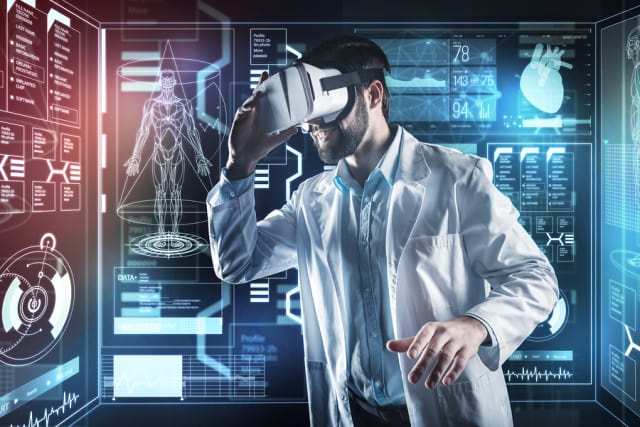
It’s a new year, which mans a new set of predictions for the next 12 months in the tech world.
While of course no one has a foolproof crystal ball, there’s a lot of hype and excitement/optimism for big-idea tech like autonomous vehicles, artificial intelligence, and augmented and virtual reality to make big strides this year. We may even begin to see these technologies substantially affect our daily lives.
The beginning of 2018 rode in on a wave of hype for autonomous vehicles, with Alphabet’s Waymo well on its way to launching a driverless taxi service in Phoenix, AZ, and Uber busily logging millions of test miles with its own fleet of self-driving vehicles.
But as the year played out with several autonomous vehicle accidents and fatalities making the news, many of the big players in driverless car development pressed pause for a bit while they took time to evaluate their algorithms, systems and hardware.
While this has led to some delays in vehicle or service launches, 2019 nevertheless looks poised to see a great deal of development in driverless technology, as well as some on-the-road achievements.
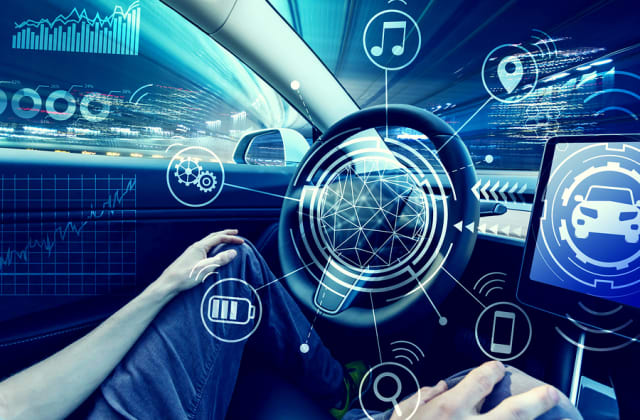
Coast-to-Coast Drive Across the Continental U.S.
The year 2015 saw a trip by Delphi Automotive, where an autonomous Audi SQ5 made a 3,400-mile trip from San Francisco to Manhattan. As exciting an achievement as that was, however, the trip wasn’t fully autonomous, and the safety driver still had to take control of the wheel on more than one occasion.
Driverless car tech has advanced a great deal over the past three years however, and many are now predicting that 2019 will be the year to see the first fully autonomous cross-country trip, where a driverless car traverses the breadth of the country without the safety driver needing to take control of the vehicle, disengaging the autonomous driving mode.
This leaves the real question less of when this milestone will be achieved than who will achieve it—though it will largely be just for the bragging rights.
“Whether any coast-to-coast autonomous drive occurs next year is a nice demonstration of capability but largely beside the point,” Jeremy Carlson, principal analyst for IHS Markit, told Inverse. “Deployment of the first autonomous vehicles (not to be confused with automated driving) will be in very specific areas where these companies have extensive experience and miles driven, as well as clear geofences or operational design domains and clear limitations/expectations of the technology. Doing the same with an automated driving system (where the driver still has a role to play) may relax the requirements in ODD [operational design domains] or geofences in some way, but that represents a very different technological capability than a fully autonomous vehicle requiring no human operation or supervision.”
Launch of Commercial Ride Sharing
While the handful of driverless car accidents in 2018 slowed down some anticipated deployments, there is a lot of optimism for 2019 to see the official launch of a commercial ride sharing service comprised entirely of autonomous vehicles—even if it may be on the small scale and limited to only a few cities.
Interestingly, the bigger companies (such as Uber, Tesla and Waymo) with the largest ambitions are the ones who have seen the most setbacks.
In comparison, a host of smaller start-up self-driving companies have been quietly developing and operating limited local driverless taxi services in several locations. Drive.ai, for example, began operating a self-driving shuttle service in Arlington, TX and Fresco, TX, in areas of the city comprised mainly of entertainment, commercial and retail establishments. Each of the company’s vans is equipped with self-driving tech and can be summoned using an app. The project is still technically a pilot, with mandatory safety drivers, but if they continue to see success it’s easy to believe that Drive.ai—or one of their competitors—could introduce the first wide-scale commercialized service.
Other start-up efforts include a deal between Kroger grocery stores and start-up Nuro to deliver groceries using a fully autonomous vehicle called the R1, or the company Voyage offering self-driving taxi service at a Florida retirement community called the Villages.
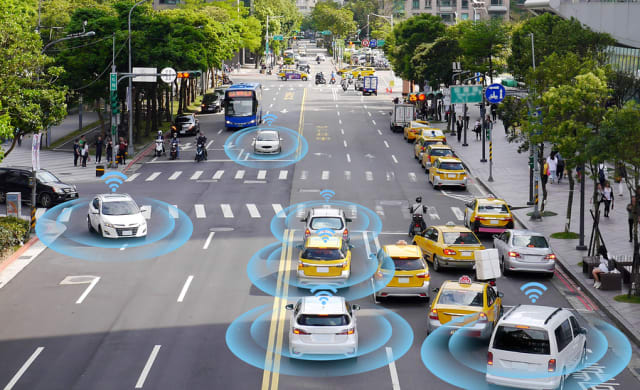
In the Meantime, ADAS Will See Growth
Despite the optimism, AV developers are aware that the pace of development for fully autonomous cars ebbs and flows according to many factors in the industry and the markets. This means 2019 will likely see a lot of focus on advanced driver assistance systems (ADAS) that will improve safety while fully autonomous vehicles continue to develop.
The development and improvement of ADAS systems is directly beneficial to AVs, since the technologies for autonomous and connected vehicles overlap with ADAS systems—this includes LIDAR, sensors, cameras and imaging, as well as automatic braking systems, improved reaction times, and situational awareness.
“If the point is to improve safety, then ADAS has to evolve,” car writer Alex Roy said in an article by ArsTechnica. “I think the ADAS sector is going to see a lot of investment.”
AI was a steady news generator in 2018, showing steady growth as an industry as an ever broader and more interesting range of applications got time in the spotlight.
Even with the new year barely started, AI-based tech is front and center as the trend to watch in 2019. CES 2019 led the way, with the high-tech extravaganza showcasing dozens of AI-enabled devices and applications for everything from toys and entertainment to commercial and industrial uses, but AI has also been cropping up in many smart devices and services.
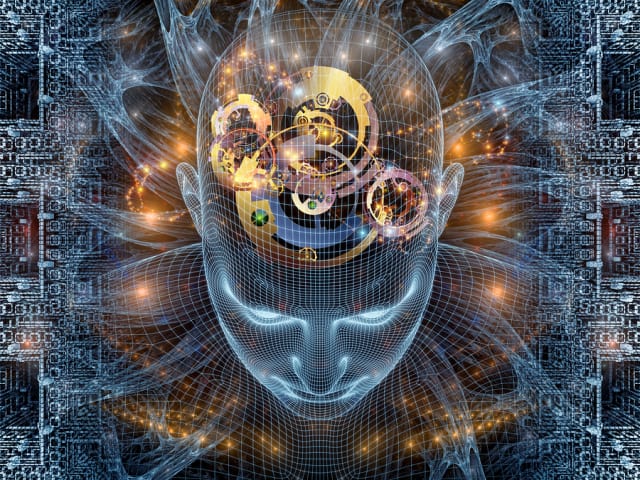
AI Integration into Our Devices
We’ve seen the beginnings of this in devices and services like Amazon Echo, Google Home, smart home tech and online recommendation engines. They’re all powered by some form of machine learning or artificial intelligence, able to interact and learn from users, and even anticipate our actions or desires.
But even with the advances of the last few years, these systems are still essentially in their infancy, with a lot of development needed before they reach the level of our ambitions and expectations.
On that note, 2019 is expected to see a great deal of integration of AI into most of our day-to-day activities, primarily through the devices we use every day. Smart digital assistants that can manage our homes, entertainment, appointments and email—not to mention monitor our health and fitness activity—are anticipated to start becoming commonplace this year.
There is also obvious overlap with autonomous vehicles, as well as electric vehicles and smart traffic management systems, making the development of these technologies symbiotic. Moreover, as they advance, they’re becoming more affordable, and more likely to see broad application.
“Companies are developing the next generation of electric cars that employ AI and facial recognition technologies. Some of the new models are priced at levels targeting middle-income populations, thus making broad usage possible. Equipped with self-driving and data-storage capabilities, as well as other intelligent interactive features, these smart cars also enable the development of ancillary products such as personalized insurance,” said Seen-Meng Chew, associate professor of practice in finance, at the Chinese University of Hong Kong Business School.
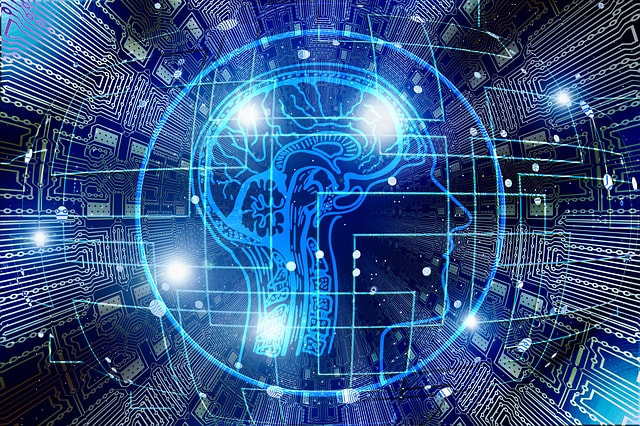
AI Expected to Permeate Business Operations
Much of this year’s optimistic prediction for AI has to do with the fact that computing power and hardware have finally caught up to the expectations people have had of AI and machine learning since their conception in the 1980s, as Forbes Technology Council member Vinay Pai of Bill.com points out. “Now, ML libraries are readily available, and the cloud provides all the computing you need.”
AI-led automation of all kinds could be the breakout technology of 2019, according to Amit Jnagal of Infrrd. Data mining and management, business processes, information technology service, and customer support services are among the sectors expected to see a surge of automation via neural networks and machine learning.
Cybersecurity is expected to see a great deal of AI integration, as the industry works to keep up with the ever-evolving nature of malicious code and attacks. Automated, AI-enabled systems will make it possible for security teams to keep on top of dealing with threats—especially since these days, the threats are often AI-enabled, too.
“With the number of cybersecurity threats growing each day and increased digitization of assets and processes that could be vulnerable to those threats, it is mathematically impossible for humans to monitor for threats and sift through hundreds of thousands of vulnerabilities to determine which to prioritize,” Gaurav Banga, CEO and founder of Balbix described in an article. “Even the largest security team comprised of highly skilled IT professionals can’t effectively accomplish this without the assistance of artificial intelligence.”
AR and VR have been making a name for themselves the last couple of years in gaming and industrial applications, and 2019 is expected to see a surge of use and availability to the public. Many mobile devices already have some AR functionality with the right apps, noted Meghann Chilcott of OrdersInsite. “Initially hitting mobile devices as games or fun activities, we will see continued growth in 2019, bringing [AR] into practical everyday utilization. As developers become more acclimated with the technical functionality and allow their creativity to show, it will become integrated into most apps in the marketplace.”
Crucially, the future of AR does not depend on next-gen headsets and updated Google Glass wearables. The use of AR applications will still largely be through our existing devices: smartphones, tablets and the like. This year, tech aficionados can expect to see their smartphones begin offering futuristic apps with AR capabilities useful for the things we do every day.
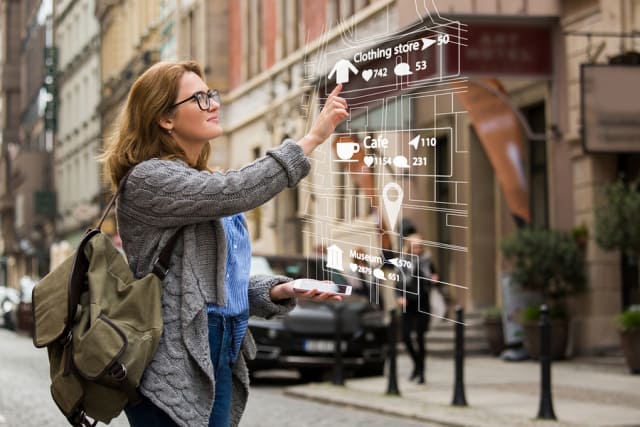
“An example of this is the upcoming Google Maps app introduced at the Google I/O conference,” he says. “Consumers can view the streets through the camera on their smartphone and see the directions appear before them on their screen,” said Viktor Prokopenya from Banuba, an AI development lab.
How we use it, and how often, is expected to change, with more companies using AR to offer “experiences” through their mobile sites, in-store retail displays, more widespread use in smartphone gaming, and an increased use for industrial applications such as training or repair and maintenance.
“While virtual and augmented reality have been a ‘thing’ for some time now, new developments are creating huge leaps in the performance, affordability and mobility of these technologies. As a result, we will continue to see fast-growing development for both these solutions as they move towards their market potential,” said Nick Knupffer, head of brand and creative at AMD, in a report from Fleishman Hillard.
“For VR, what will be different in 2019 is that this demand will come from new sectors. For example, while gaming and entertainment will continue to fuel sales, industries like manufacturing, healthcare and retail will increasingly use immersive technologies to help with training and education. AR is in a different phase of its adoption journey and, as a newer-to-market technology, we will likely see strongest growth in the entertainment sector as consumers get to grips with more feature-rich AR technologies,” Knupffer added.
Healthcare is another sector expected to see a significant increase in the adoption of AR-based technologies, according to Andy Miller, SVP of innovation and product development at AARP:
“The aging of the global population will propel AR deeper into the worlds of health, wellness and caregiver support, and innovators will use AR to uncover hidden gems like nutrition applications. In 2019, AR becomes the platform for a virtual in-home medical assistant that a caregiver will rely on to learn simple tasks like wound care for their loved one.”
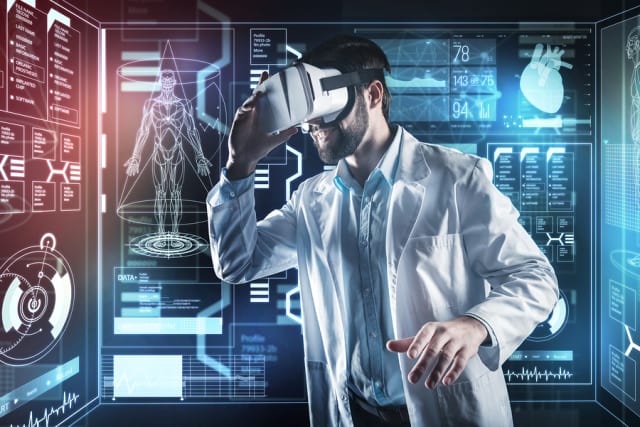
Of course, driverless cars, artificial intelligence and augmented reality aren’t the only tech trends to watch this year. The Internet of Things, blockchain, robotics, 5G Internet, quantum computing—these are all advancing individually, and increasingly overlap with one another.
What will truly be interesting over the course of 2019 is watching how these individual technologies begin to converge with one another.
“We’re about to witness the biggest shift in tech in a generation,” stated Marc Fischer of Dogtown Media. “The buzzword-loaded, hyped areas of AI, machine learning, blockchain and AR are all impressive in their own right but were previously siloed. Convergence between these technologies will unlock an incredible amount of value for business as they become integrated into standard processes, leading to unprecedented productivity gains.”
Interested in more future-looking stories? Check out our coverage on nanotechnology in space exploration, the military tech of tomorrow, and where technology might take us this century.

